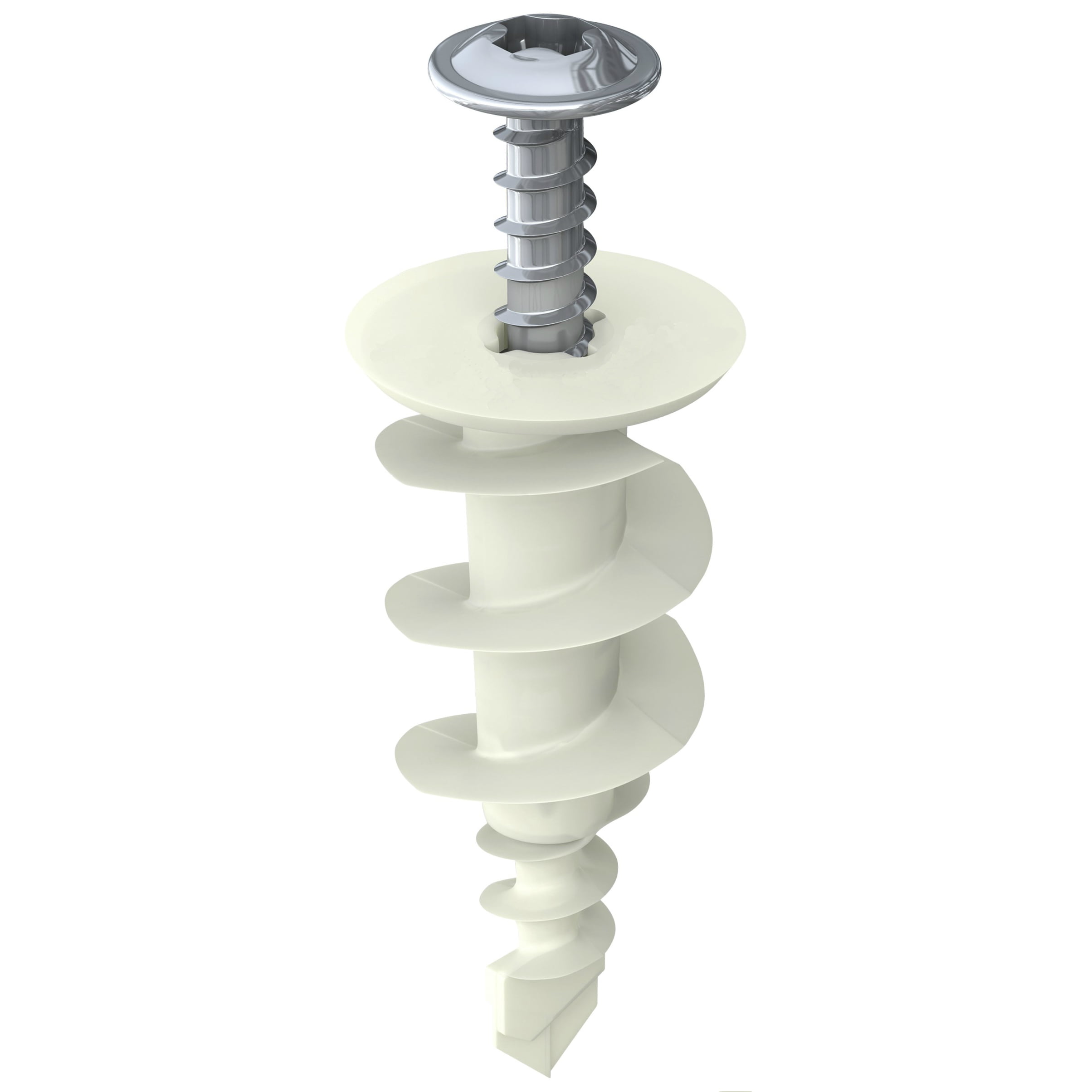
Start at one of those places, preferably the one closest to where you’ll be hanging things, and find a stud by drilling a small hole. Windows, doors, and electrical outlets all have studs next to them, and there is guaranteed to be a stud in the corner of the room. Studs are typically located either 16″ or 24″ apart. I do have some other tricks for finding studs through plaster walls, though, so keep reading! Step 1: Find the StudsĮven though stud finders won’t detect studs through plaster walls, there are a few clues that can tell you the location of studs. Magnetic stud finders have trouble detecting these nails, and electric stud finders are generally just unreliable on plaster walls. However, with plaster walls, the nails securing the lath to the studs are hidden under a layer of plastic. It’s easy to find those nails with a magnet, which helps you find the studs. With drywall, the studs are easy to find because the nails securing the drywall to the stud are typically just under a little paint and joint compound. Heavy objects are tricky because they need to be hung from the studs. Just to be extra safe, pay attention and make sure the screw drives into the lath like you expected.Īdd the hanger/bracket/whatever you’re trying to secure, and you’re good to go! Hanging Heavy Objects From Plaster Walls Step 2: Drive Your Screw Into the Wallĭrive the screw into the wall where you drove the pilot hole. If you hit wood, great! Otherwise, move up or down a 1/2″ and try again. Drill a small hole in the wall, and note to yourself if you hit wood or not, as described in the last section. Hanging Other Light Items From Plaster Walls Step 1: Find the Lathĭecide the ideal location for your hanger, and mark it with a pencil. Otherwise, drive the screw into the wall, and hang your picture directly from the screw. You want that screw to grip the wood, and a nail will just sit in the hole you drilled.) If you’re using a picture hanger, secure it to the wall using a screw (not a nail. That way, I’m not constantly ruining drill bits every time I want to hang something on the wall. I keep a “plaster wall bit” on hand that only gets used on the plaster.
#Plaster wall anchors pro
Pro Tip: Plaster walls dull drill bits very quickly. Move your drill up or down about 1/2,” and try again. If not, you probably found a space in between the pieces of lath. If you hit wood, awesome, move to the next step! When hanging light objects on plaster walls, you’re hoping to hit wood. If you hit air, the drill will suddenly lurch forward into the wall. If you hit wood, the drill will continue requiring pressure.

Step 2: Find the Lathĭrill a small hole in the wall, and note if you hit wood or not. Once you’ve figured out where you want to hang the picture, mark the spot with a pencil. If you can cover the whole thing up, even better.
#Plaster wall anchors crack
It’s much better if you have a little bit of flexibility, particularly the ability to move up or down an inch.Īnd, you’ve probably figured this out, but since plaster walls can be finicky, if you’ve got a crack in the wall, it’s also a great distractor to hang your picture on top of the crack.

Step 1: Identify Where You’ll Hang the Picture That’s a great thing for hanging stuff on your wall, because the lath is strong! Not quite as strong as a stud, but strong enough that you can hang pictures, curtain rods ( see my experience here,) and other light/medium heavy objects from the lath itself, without having to bother with an anchor. So now, knowing what’s back there, realize that there’s an awful lot of lath. The wooden lath layer is attached to the studs, and the hardened goop seeping through the lath is the plaster which makes up the wall on the other side of the lath. The plaster wall on the opposite side of the wall is still clearly intact, and you can see the different layers. The plaster layer sticks to the lath layer, which is nailed to the stud layer to secure the wall.Ī few years ago, I cut open my plaster wall to add a doorway, and grabbed this shot: There are three layers to any plaster wall: The stud layer, the plaster layer, and the lath layer. Plaster walls are an old type of wall that was used in the 1800s and early 1900s. If you click and make a purchase, I may receive compensation (at no additional cost to you.) What Are Plaster Walls?

Note: This blog contains affiliate links. Lets chat a little bit more about the structure of plaster walls, so you understand why this works, then we’ll go into a bit more detail! The wood lath behind the plaster is strong and can support up to 25 lbs of weight, given the screw is driven directly into the wood. Luckily, items can be hung from plaster walls, and in some cases, it’s easier to hang things from plaster walls than it is drywall. But now you’re standing there with a hammer and a nail, and wondering if you can even hang things from plaster walls. And I bet that not once in the buying/renting process did you think about the walls.


 0 kommentar(er)
0 kommentar(er)
